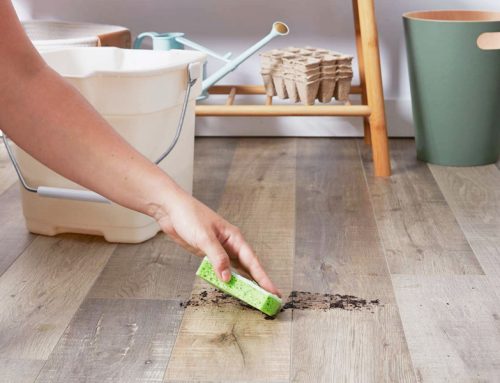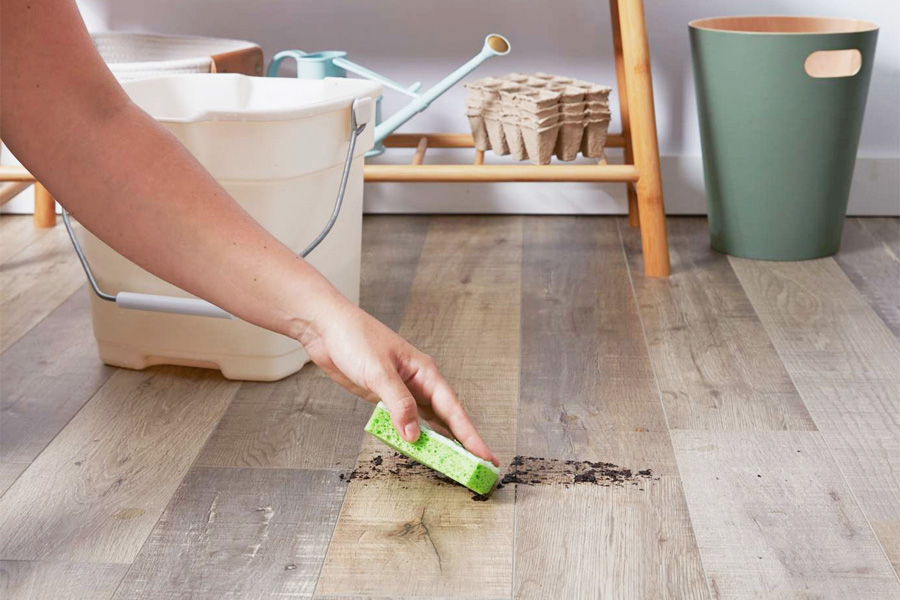Classic hardwood is one of the most popular flooring choices for a reason. It is long-lasting, durable, timeless and can take a beating when it comes to active families and high-traffic homes. It also comes in a diverse range of colors, patterns, stains, and textures. Classic hardwood stands up to the test of time and comes out looking even better for wear. But what makes it such a good choice? What is the history of wood floors? Let’s look behind this popular trend and its staying power.
Where it began…
Wood has been the cornerstone of structural engineering from the start of time. From fallen trees to hand hewn beans, forests have provided lumber and materials for homes, shelters, and transportation. While most ancient homes relied on beaten earth floors, early humans began using wood planks for flooring as early as the middle ages. They appeared in church reliefs, paintings and finally in medieval castles. As homes and buildings grew to become more elaborate, wood planks formed the floor for second and third story homes. They became the start of the modern wood floor.
How they evolved…
Historically, wood floors were crafted from old-growth forests. Wood planks were wide and long, with the typical length running around 16 feet. They were felled by hand and floated down to sawmills using the rivers and streams of the American back country. Once there, they were planed, cut, and transported to cities using trains and horses. It was backbreaking labor but a popular and respected trade. As building practices became more refined, tools and planks became smaller. Cabinet makers expanded their practices to include laying elaborate parquet and patterned wood floors. In Europe, the upper class used wood flooring as a statement and demonstration of wealth. Utilizing rare woods and delicate inlays, everything from floral motifs to geometric patterns were all the rage. The glory of hardwood seemed to never end, but with the roaring twenties around the corner and The Great Depression creeping but, the wealth and power that made these builds possible was soon to end.
Where we are now…
The middle of the 20th century brought a wave of linoleum and plastics into the home. Wood floors were covered in carpet and hidden under layers of vinyl and tile. These days, the complete opposite is true. Hardwood is back and more popular than ever. Designers are uncovering and refinishing historical wood builds and installing new and more renewable options. While today’s wood floors are no longer worn smooth by the booted feet of generations but rather arrive in ready to assemble planks and pieces, they are still as beautiful and durable as their hand-hewn ancestors. From engineered hardwood, to laminate, hand-scraped solid wood or renewable bamboo wood floors, modern styles echo the look of the past but with the convenience of modern tooling. Easy click-lock installation and tongue in groove styles ensure a quick and simple upgrade, while engineered and reclaimed wood offers a renewable and eco-friendly option. The wood floors of 2021 come in many sizes, from wide to slim boards with light and dark finishes.
Trends for 2021
This year home renovations are kicking into high gear, with kitchen and bath upgrades being some of the most popular. Wood floors are a top choice in these areas with particular emphasis on modern looks and fresh style. Designers are turning to wire brushed boards that enhance the grain and pattern of each plank and add a warm and textured finish rather than smooth and shiny finish. Light colors like ash, washed planks, and white oak are the frontrunners for this year while dark espressos are starting to taper off. Fumed wood, where planks are exposed to ammonia vapor, are increasingly popular. This fuming process brings out the natural tannins and stains, adding shadows and depth to your floor that is unlike any other process. High variation, wide planks and hand-scraped are all still solid choices and echo a classic look.
Overall, no matter which type of wood floors you choose classic hardwood is always a good investment. It withstands the test of time, will always be in fashion and can even be refinished to suit changing tastes. Wood flooring has endured for centuries, and with our modern technology and emphasis on quality, sustainable products, this home trend will continue far into the future.






